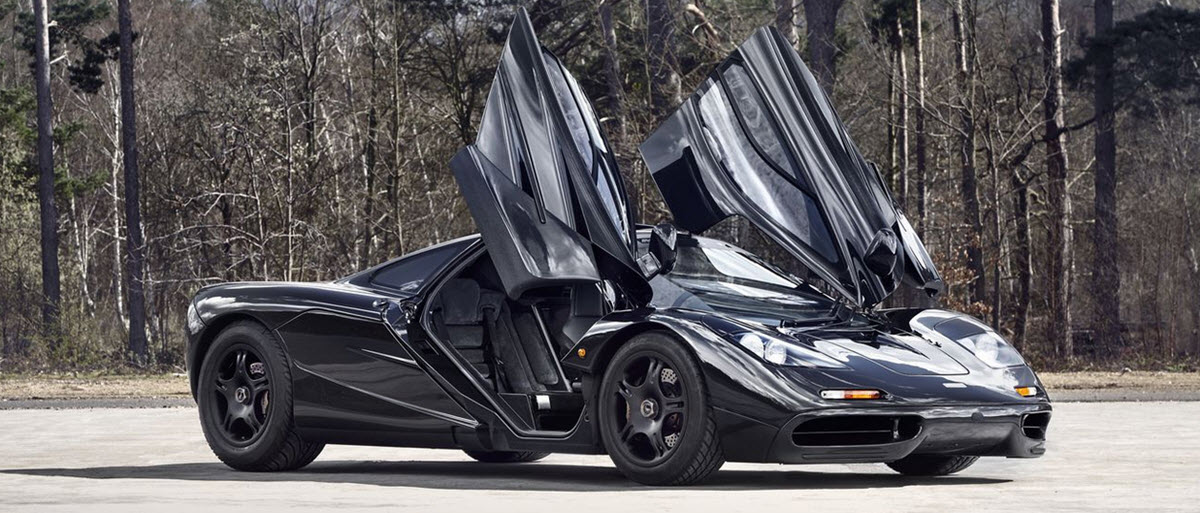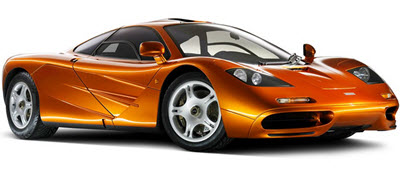
Throughout the history of the automobile, engineers and designers have always strived to create faster and faster cars. The idea of the fast car has today led to the creation of road legal cars that can exceed 400 km/h. In 1998, the McLaren F1 prototype (XP4) set a new speed record by reaching 386km/h (240.1mph) at 7800 rpm at the Volkswagen’s 9 km straight test track at Ehra-Lessien in Wolfsburg, Germany. The McLaren production models were however normally limited to 372 km/h (231 mph). Such a car was of course still a very fast car by ordinary standards, just not as fast as the prototype.
 The McLaren F1 prototype (XP4) remained the number one fast car in the world well into the first decade of the new millennium, but in February 2005 its speed record was beaten by an even faster car: the Koenigsegg CCR. The Koenigsegg CCR showed itself off as an extremely fast car by reaching a top speed of 387.87 km/h (241.01 mph) on default settings. This fast car was not tested on a straight test track; it was driven on the Nardo Prototipo proving ground in Italy. This circular track has a circumference of 12.5 km and the steering wheel of the Koenigsegg CCR had to be kept at 30 degrees which slowed the car down a bit.
The McLaren F1 prototype (XP4) remained the number one fast car in the world well into the first decade of the new millennium, but in February 2005 its speed record was beaten by an even faster car: the Koenigsegg CCR. The Koenigsegg CCR showed itself off as an extremely fast car by reaching a top speed of 387.87 km/h (241.01 mph) on default settings. This fast car was not tested on a straight test track; it was driven on the Nardo Prototipo proving ground in Italy. This circular track has a circumference of 12.5 km and the steering wheel of the Koenigsegg CCR had to be kept at 30 degrees which slowed the car down a bit.
2005 was certainly an interesting year for car enthusiasts, because before it was over another really fast car was unveiled. In October 2005, Csaba Csere from the magazine Car and Driver managed to bring the new Bugatti Veyron up to 407 km/h (253 mph) on the straight test track of Ehra-Lessien.
In September 2007, the American made fast car SSC Ultimate Aero TT reportedly reached a top speed of 412.233 km/h (256.15 mph) in West Richland, Washington. This top speed was later confirmed by the Guinness World Records, officially making the SSC Ultimate Aero TT from Shelby Super Cars the fastest production car in the world.
Interestingly enough, many Formula One racing cars today have top speeds beneath the top speed of the fastest road legal cars. This is because the Fédération Internationale de l’Automobile (FIA) has strived to reduce the speeds since the 1980s by introducing new regulations for participating Formula One cars. A fast car might be one of the core ideas behind care racing, but reduced speed is a way of increasing driver safety during competitions.
During the 2006 season, the top speed of the Formula One cars at the Australian racing track Albert Park was just above 300 km/h (186 mph). Albert Park is however a high-downforce track and higher top speeds were registered at low-downforce tracks such as Monza in Italy (360 km/h / 225 mph) and Indianapolis in the U.S. (335 km/h / 210 mph). The top speed at Albert Park has gradually decreased from around 315 km/h (195 mph) in 2004 and 310 km/h (192 mph) in 2005, and similar changes can be seen at low-downforce tracks as well. In 2004, Antônio Pizzonia of BMW WilliamsF1 reached a top speed of 369.9 km/h at the Italian Grand Prix and this would be very hard to replicate today with the new regulations from FIA. Because of the FIA regulations, a fast car intended for use outside Formula One competitions can be faster than a fast car used for professional Formula One racing.